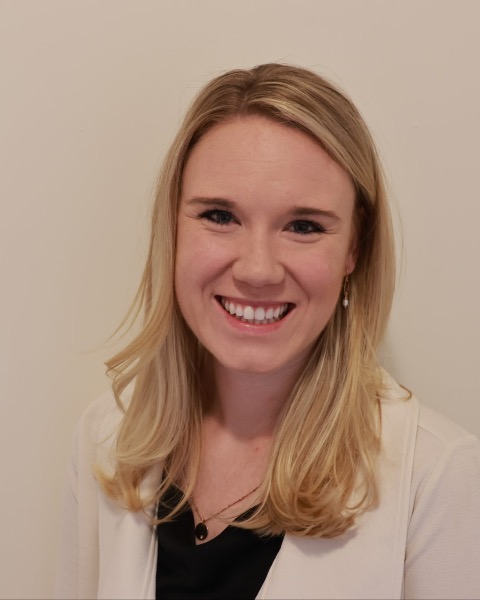Breastfeeding/Human Milk 2
Session: Breastfeeding/Human Milk 2
651 - Food and Financial Insecurity Relate to Increased Risk for No Mother’s Own Milk Exposure in a Diverse Very Preterm Infant NICU Population
Saturday, April 26, 2025
2:30pm - 4:45pm HST
Publication Number: 651.5043
Brigitta Gehl, Yale-New Haven Children's Hospital, Madison, CT, United States; Ruthfirst Ayande, Yale School of Medicine, New Haven, CT, United States; Tessa Kehoe, Yale School of Medicine, Wethersfield, CT, United States; Camilia R. Martin, Weill Cornell Medicine, New York, NY, United States; Sarah Taylor, Yale School of Medicine, New Haven, CT, United States

Brigitta Gehl, MD, MPH (she/her/hers)
Clinical Fellow
Yale-New Haven Children's Hospital
Madison, Connecticut, United States
Presenting Author(s)
Background: Disparities exist in mother’s own milk (MOM) exposure in the NICU leading to increased very preterm (VP) infant risk for morbidity and mortality. Specific patient demographics relate to MOM intake, but socioeconomic barriers are less studied.
Objective: We aim to evaluate the association between demographic and socioeconomic factors and MOM exposure among VP infants in the NICU.
Design/Methods: This is a sample of VP infants ( < 32 weeks’ gestational age) enrolled in the prospective cohort POGO study at a single institution. Inclusion criteria for this analysis included infants born between 22 0/7 and 31 6/7 weeks’ gestation, study completion by 10/2/2024, and available maternal survey data. Any MOM exposure was measured from birth to 36 weeks’ or NICU discharge and dichotomized as present or absent. Demographic, social, and economic variables included self-reported maternal race/ethnicity, education, type of insurance and transportation, housing, food, and financial insecurity. Univariate analysis was performed using chi squared test for categorical variables and independent t-test for continuous variables. Multivariable logistic regression was used to estimate adjusted associations between the demographic and socioeconomic and MOM exposure.
Results: 96 infants met inclusion criteria of which 78 (81%) were exposed to MOM. For mothers, 42 (43%) and 31 (32%) self-identified as a racial minority and Hispanic/Latino ethnicity, respectively. MOM exposure did not differ between any infant or maternal demographic variable. In survey data, 7 (7%), 21 (23%), 16 (17%), and 9 (9%) of families reported transportation, financial, food, and housing insecurity, respectively. Financial insecurity “Difficulty Making Ends Meet” increased the relative risk (95% confidence interval) of no MOM exposure [3.25 (1.62,6.52)], but “Difficulty paying for necessities” did not [1.11 (0.76,1.61)]. Food insecurity also increased the risk of no MOM exposure in the NICU [2.76 (1.24,6.12)]. When controlling for all other covariates, financial insecurity “Difficulty Making Ends Meet” remained significantly associated with MOM exposure (OR 0.05, p=0.02, 95% CI 0.004-0.6).
Conclusion(s): In our study population of VP infants, food and financial insecurity were significantly associated with decreased likelihood for MOM exposure while in the NICU. These two socioeconomic stressors represent areas of focus to address barriers to lactation and improve outcomes of preterm infants.
Demographic and Socioeconomic Factors by Mother's Own Milk (MOM) Exposure in the NICU
.png) Categorical data shown as number (percentage); continuous data shown as mean (standard deviation).
Categorical data shown as number (percentage); continuous data shown as mean (standard deviation).
